Feeling funky with my headlines today
gnTel choose Oracle Netaxis. I like this. I’ve replicated the press release here which is something I don’t normally do as I normally only do original stuff and I used not to want Google to penalise me in SEO rankings for plagiarising. However I’m not all that bothered about that kind of thang anymore so I don’t care if they do.
The bit I wanted to highlight was where it says “gnTel also chose NetAxis Solutions, an Oracle professional services partner, with deep technology competencies and experience, to design and implement their new service infrastructure.”
This is why me and Netaxis got together. Netaxis are a bunch of engineers with seriously good engineering capabilities. OK the press release is Oracle big company PR speak blurb but that’s by the by really. Oracle happen to be Netaxis’ biggest vendor partner as well so it is good that we are able to jointly shout about some good news like this.
2017 is a really busy year for us and it looks set to continue. The PR refers to NFV and cloud. This is where the action is all moving to. All our own software products, and there are many, are available to run in Virtual Environments. The telco world, especially that of big telcos, is not quick to move into new technology. They are wary, fearful. It’s why new smaller companies can win business from them. However the big telcos are now looking at moving into new fluffy white areas and I think we are well placed to have a bit of the action.
If you are a telco, however large or small we have something for you. If you are interested in Hosted VoIP platform integration – Session Border Controllers – Provisioning and Self Care – API Orchestration & Service Creation – Fixed Mobile Convergence – Network Monitoring and Call Tracing – SIP Call Simulator – Session Routing Engine – VoIP Fraud Management – Video Communications & Unified Messaging (lifted from my email signature) get in touch.
Ciao amigos. Press Release below.
REDWOOD SHORES, Calif., June 28, 2017 /PRNewswire/ — gnTel, a fast growing cloud-based telecom service provider to small and medium sized businesses in the Netherlands, has selected Oracle Communications technology to better scale their operations and lay the groundwork for the evolution of their network to NFV. Replacing their existing solution, gnTel will use Oracle Communications Session Border Controller (OCSBC) running on Acme Packet 4600 purpose-built hardware platforms to immediately create a new scalable access and peering infrastructure for their customers. This solution will allow gnTel to not only jumpstart their services but because of the close interworking between physical and virtualized OCSBC instances, and a flexible licensing scheme, also preserve this investment while they migrate to NFV.
Oracle Communications Session Border Controller is one of the industry’s leading border control solution that operates with most major IP-PBX, unified communications, and application server providers – reducing risks associated with commercial production level installations. Available on both purpose-built physical and commercial-off-the-shelf virtualized platforms, and coupled with a perpetual network-wide licensing scheme, OCSBC provides maximum flexibility to operators.
gnTel also chose NetAxis Solutions, an Oracle professional services partner, with deep technology competencies and experience, to design and implement their new service infrastructure.
“At gnTel, we recognize the fast pace of technology evolution in the telecom industry. We wanted to invest in a proven solution from a company that brings together expertise in cloud, virtualization, IT, and telecommunications,” said Onno Speekenbrink, gnTel. “Oracle’s solution and NetAxis Solution’s implementation will position us well for future growth.”
“Oracle’s cloud-ready session delivery solutions coupled with their extensive interoperability with third-party equipment and with our network monitoring software makes it simple for us to size, configure, deploy, and maintain the complex multi-vendor solution that gnTel requested,” said Bart van de Kar, NetAxis. “This project will further cement our expertise and relationship with Oracle.”
“In today’s marketplace, operators are looking for long-term, cost-effective and verified solutions that can improve their agility, streamline operations and accelerate time to market,” said Doug Suriano, senior vice president and general manager, Oracle Communications. “Oracle Communications SBC provides CSPs, such as gnTel, the unconstrained flexibility that supports their efforts now and in the future.”
To learn more about Oracle Communications solutions, please connect on Twitter @OracleComms and at www.youtube.com/user/OracleCommunications, or visit oracle.com/communications.
To learn more about NetAxis Solutions, please visit http://www.netaxis.be/.
For further information about gnTel please visit http://www.gntel.nl/en.
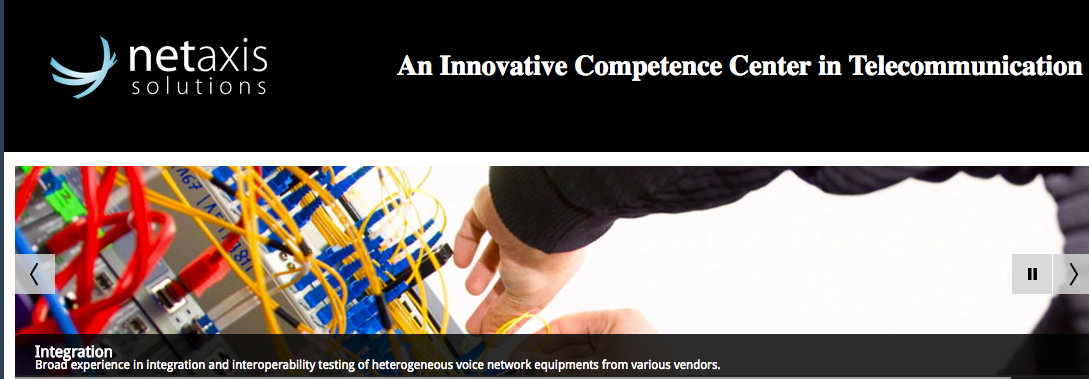



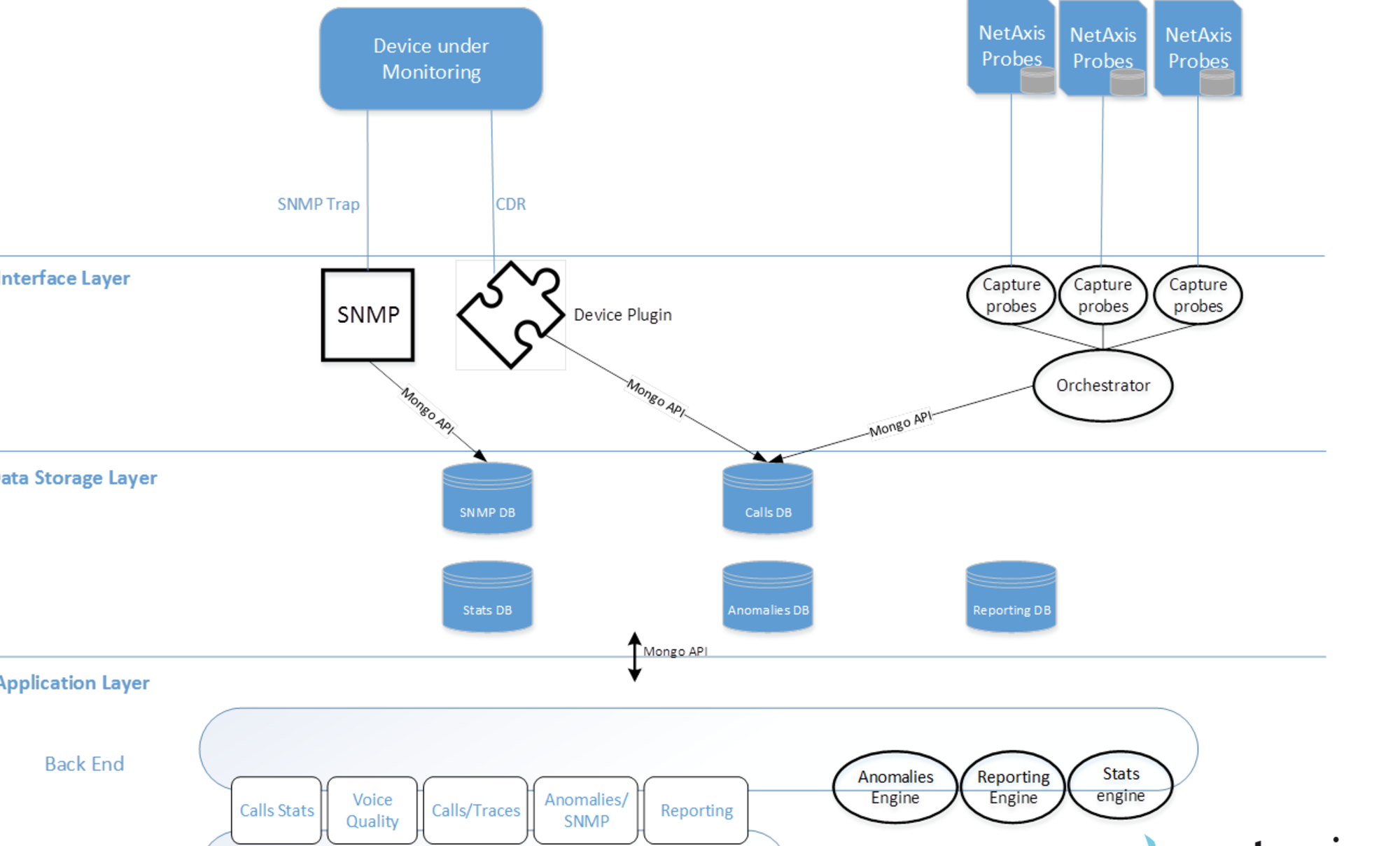

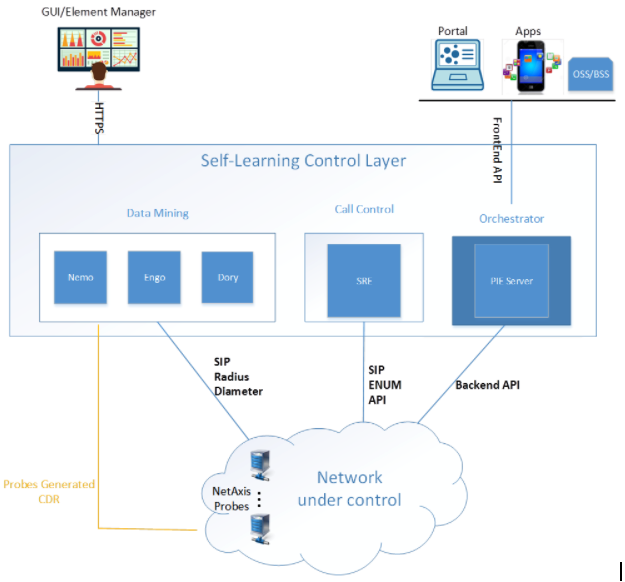







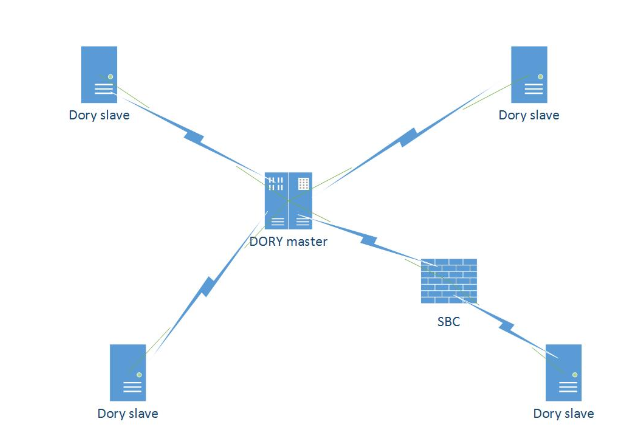
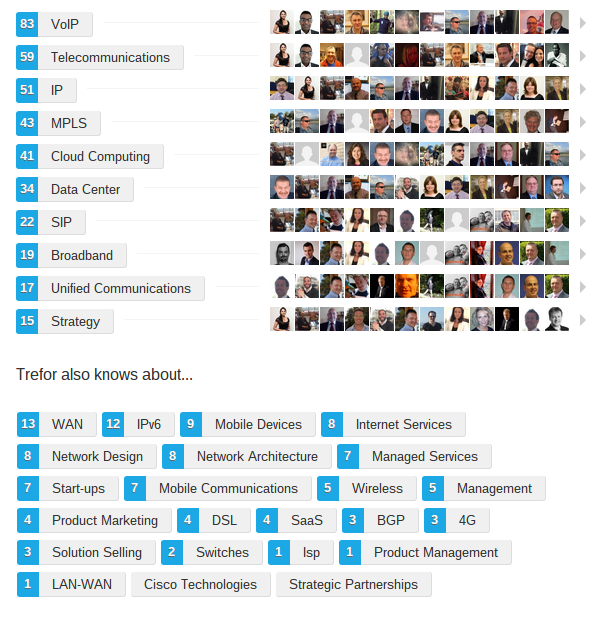

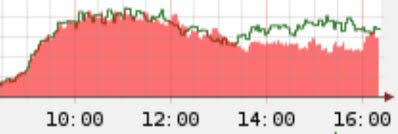







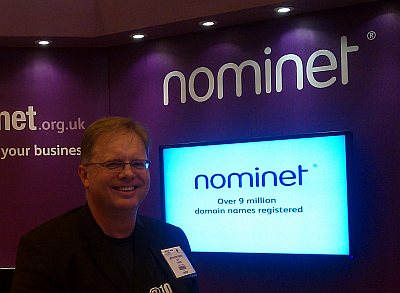

 Danny Prieskel is a co-founder of
Danny Prieskel is a co-founder of 

